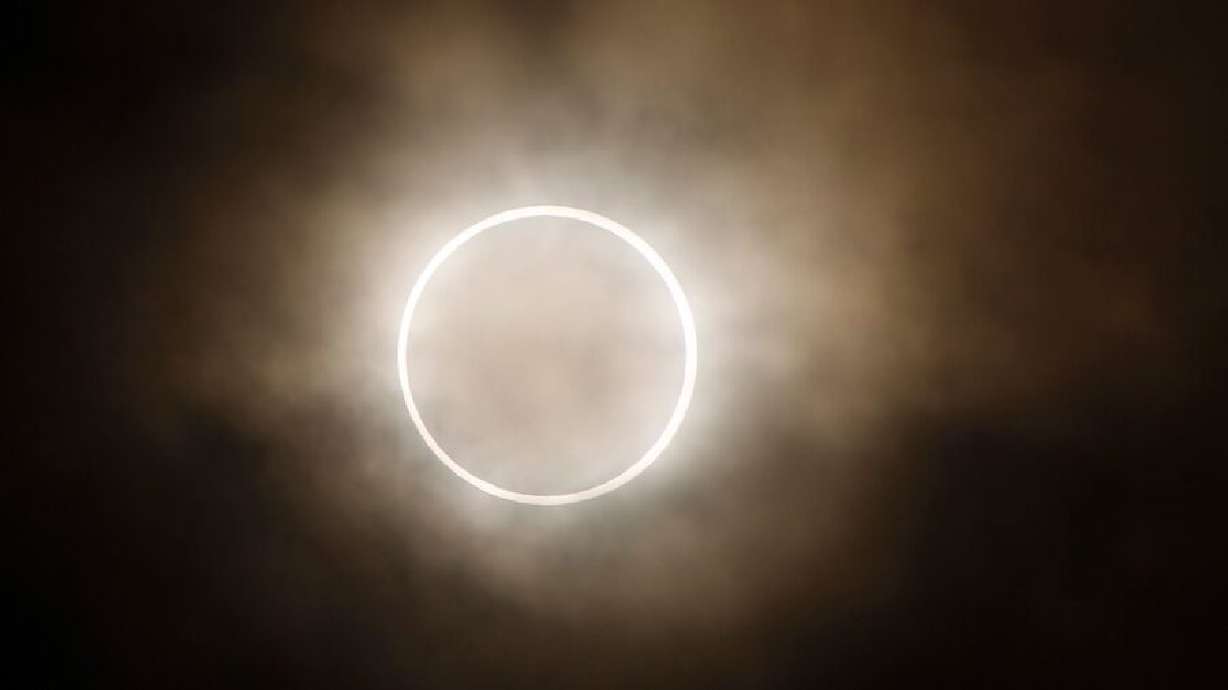Estimated read time: 2-3 minutes
This archived news story is available only for your personal, non-commercial use. Information in the story may be outdated or superseded by additional information. Reading or replaying the story in its archived form does not constitute a republication of the story.
SALT LAKE CITY — The Clark Planetarium will host a celebration of the upcoming solar eclipse. The "Eclipse Extravaganza" will provide an opportunity for the public to view the eclipse, which will occur on Oct. 14.
The planetarium said it will host the event at the Olympic Legacy Plaza inside The Gateway. The event will run from 9 a.m. to 12 p.m. Visitors can view the eclipse and enjoy free games and activities.
The moon will begin to eclipse the sun at 9:09 a.m., according to the Clark Planetarium. Maximum coverage will occur around 10:28 a.m. The eclipse will last until 11:57 a.m., the planetarium said.
Viewers in Salt Lake City will see a partial eclipse. Roughly 90% of the sun will be covered.
In parts of central and southern Utah, viewers will be able to see a ring of sun around the disk of the moon. Officials call this phenomenon annularity.
Safely viewing the eclipse
The Clark Planetarium is encouraging Utahns to view the eclipse safely. They remind Utahns it is never safe to look directly at the sun without eye protection. Special filters should be used to protect the eyes when looking at any eclipse.
NASA said that viewing the eclipse safely requires glasses that are much darker than sunglasses. Solar viewers need glasses that are thousands of times darker and comply with the ISO 12312-2 international standard.
Do not look at the sun through a camera lens, telescope or other optical device while wearing eclipse glasses or using a handheld solar viewer. NASA said the concentrated solar rays will burn through the filter, causing serious injury.
If you do not have eclipse glasses or a handheld solar viewer, you can use an indirect viewing method. One method is to use a pinhole projector. To make one, punch a hole in an index card. Holding the card up will project an image of the sun, which you can safely view.
NASA said not to look at the sun through the hole.
According to the Clark Planetarium, this will be the last significant solar eclipse that will be visible in Utah until 2045.








